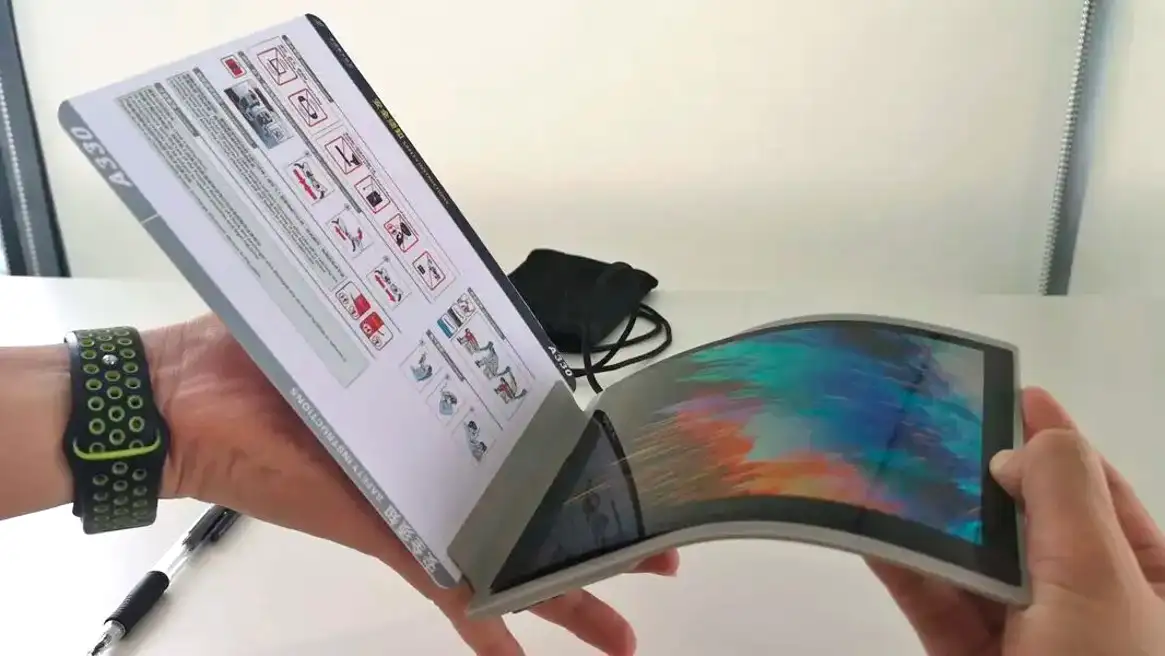Honor Joins the Foldable World
The ~7,000 employees became responsible for their own product development and marketing in November 2020 and was able to release its first purely ‘Honor’ smartphone in early 2021 and has climbed to a ~4.8% share of the global smartphone market heading into 4Q 2021. More to the point Honor has just released its first foldable smartphone, with a delivery date of January 18, which puts it in with the likes of Samsung, Huawei, Oppo (pvt), Xiaomi (1810.HK), and Motorola (MSI), all of whom have foldables which range in price from ~$925 to almost $2,200. While the Honor Magic V does not have an official price, it is expected to sell for between $1,500 and $1,600, putting it in roughly the same price category as the Samsung Z Fold 3.
All in, there is nothing outstandingly different about the Honor Magic V relative to other foldables, but as a first entry for a relatively new company, without the resources of Huawei, it’s a good start. While Honor does have a good following in China, they still face intense competition from other Chinese and outside brands, so their success in the foldables realm is not assured. That said, they do have the Shanghai government as their primary funding source, which gives the local government a large vested interest in Honor’s success, which certainly will not hurt when it comes to allocating resources, particularly financial ones.
















 RSS Feed
RSS Feed